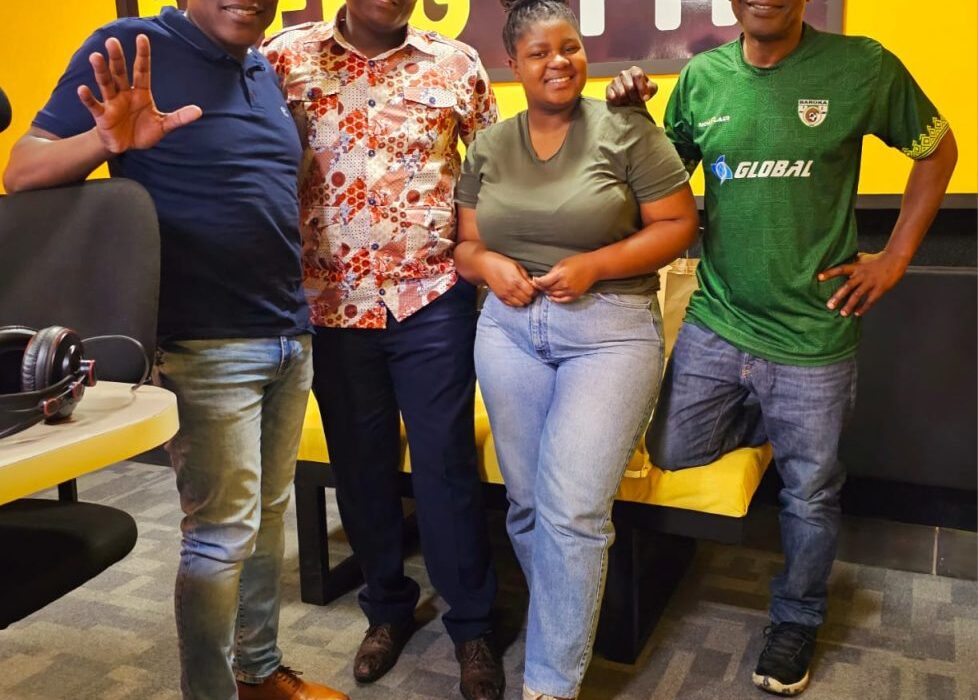In South Africa, the financial landscape is shifting, and it’s not just affecting low-income households. A recent report by research firm Eighty20 sheds light on the challenges faced by South Africans earning over R30,000 a month. These individuals, often considered financially secure, are finding themselves in increasingly precarious situations due to the escalating cost of living.
The Credit Stress report for the first quarter of 2025 reveals a concerning trend among high earners. The data indicates that those earning above R30,000 monthly are stretching themselves thin to sustain their lifestyles in the face of mounting expenses. This revelation mirrors earlier warnings from DebtBusters and paints a worrying picture of financial strain across various income brackets.
The report underscores how credit behavior has evolved in response to factors like rising living costs, global economic volatility, and local economic challenges. Home loan arrears have spiked by 21% year-on-year, while overdue credit card balances have surged by 18%. What’s particularly alarming is that nearly three-quarters of this delinquent debt is held by affluent consumer groups categorized as the Middle Class, Heavy Hitters, and Comfortable Retirees.
Expert analysis from Eighty20 suggests that despite interest rate cuts and some inflation respite in the previous year, financial stress persists among top earners. The expansion of South Africa’s credit market continues unabated despite these red flags – with more consumers taking on credit products and loan balances reaching new highs.
According to Eighty20’s findings, there has been a notable uptick in debt repayment burdens across all income levels. High earners designated as Heavy Hitters are allocating a significant portion of their income towards servicing debts – a staggering 48% of net earnings goes into repaying loans for this group. Even the Middle Class is feeling the pinch with 37% of their income directed towards debt payments.
Moreover, external factors such as global market fluctuations post-US elections and tariff policies under President Trump have compounded economic challenges within South Africa. The weakening rand against major currencies coupled with increased petrol prices due to soaring international oil costs further exacerbate the financial woes faced by South Africans at large.
Revised GDP growth forecasts from leading institutions like Moody’s reflect a sobering reality – an expected slowdown in economic growth from 1.8% to 1.5% for 2025. This downward revision underscores the harsh economic climate prevailing in the country and its impact on both high-income and lower-income households alike.
DebtBusters’ insights mirror Eighty20’s observations regarding increased reliance on personal loans and payday loans to bridge financial shortfalls amidst mounting living expenses. The stark reality is that essential costs like electricity tariffs and petrol have sharply risen over the past decade while average incomes stagnate or decline – leaving many feeling financially squeezed regardless of their earnings bracket.
These reports serve as wake-up calls highlighting that financial distress knows no bounds when it comes to income levels in today’s challenging economic environment.

